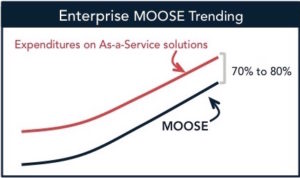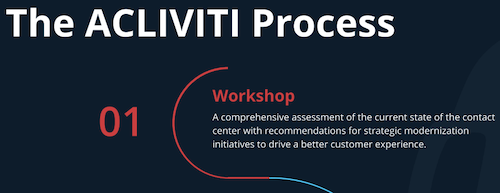Last week during the New England Patriots NFL game, legendary Patriots head coach Bill Belichick swore off, and at, his Microsoft Surface tablet. According to Belichick, “I’m done with the tablets,” They’re just too undependable for me. I’m going to stick with pictures, which several of our other coaches do, as well, because there just isn’t enough consistency in the performance of the tablets. I just can’t take it anymore.”
But is the normally terse and non-expressive coach’s angst with the Surface justified? It is worth noting that Belichick is also disillusioned with other communications systems and technologies that are now an integral part of professional football, like the ones between the press box and the sideline and between the coach and the quarterback. “Those fail on a regular basis,” he said.
If Belichick’s frustration sounds familiar, that is because it is. Digital-minded customers, value-chain partners, competitors, employees, devices, and machines sharing vital information and analytics unceasingly deluge your network at furious and unrelenting speeds. Unfortunately, many networks are not designed for that level, intensity, and diversity of traffic.
So after years of serving as the mundane, unsophisticated, and unknowable component of the technology stack, the Network is enjoying a revival as the critical element in optimizing IT service delivery. Especially since IT is viewed as both business enabler and strategic advantage in a business climate characterized by rapid-fire innovation and fierce competition. Which depends on agile, scalable, ubiquitous, and ‘always on’ network connectivity.
The downside is network traffic is growing at a much faster pace than your budget, forcing business leaders like you to provide increasingly greater network capacity at continually lower costs. Worse yet, according to Forrester, the cost of maintaining organization operating systems and equipment (MOOSE) will rise to 75% of your budget this year, up from 70% in 2012. Deloitte, and other leading industry research experts and analysts say that figure could be as high as 80%. Either way, it is enough to make you want to hurl your tablet downfield.
Technology Value Rationalization, or TVR™, is an emerging discipline that ensures network connectivity keeps up with the Business Technologies that drive exceptional enterprise performance. TVR accomplishes this in two very important ways: 1) It justifies and logically explains why specific technologies are used and at what cost (your business case); 2) It makes your organization more efficient by eliminating unnecessary cost and waste.
Peter Christy, of 451 Research writes, “In 2016 the increasing need for enterprises to become ‘digital’ in order to be competitive will increase the motivation for agile networking and will increase the importance and value of software-defined and virtual networking.”
Diagnosing the root causes of poor network performance is the first step in re-establishing the network’s primacy in your organization. But where do you go from there? There are more choices than you can fathom when transforming a network built on the foundations of legacy systems to one that accommodates As-a-Service technologies in a way that allows you to fully capture the inherent cost and connectivity benefits.
ACLIVITI invented the APEX™ Technology Value Rationalization framework so you can seamlessly transition from legacy systems to As-a-Service technologies—like UCaaS, CCaaS, SD-WAN, BDaaS, IaaS, Managed Hosting—in an accelerated, efficient, and cost-saving manner. The four-part APEX framework has been proven in diverse enterprise environments, from global manufacturing to international law firms, to the leading worldwide e-commerce marketplace. In each instance APEX and the TVR process uncovered valid and provable opportunities to invest IT expenditures more wisely and with a greater positive impact on the desired business outcomes.
Don’t allow frustration, anxiety, and unmet expectations to fester across your enterprise. Or like Coach Belichick, people might blame their devices with devastating consequences. You can read more about TVR™ and the APEX™ framework at acliviti.com. Or call Brett Heniken at 312.517.0300 and discover how you can ensure your network keeps pace with the turbulent on-field action that defines your organization.













